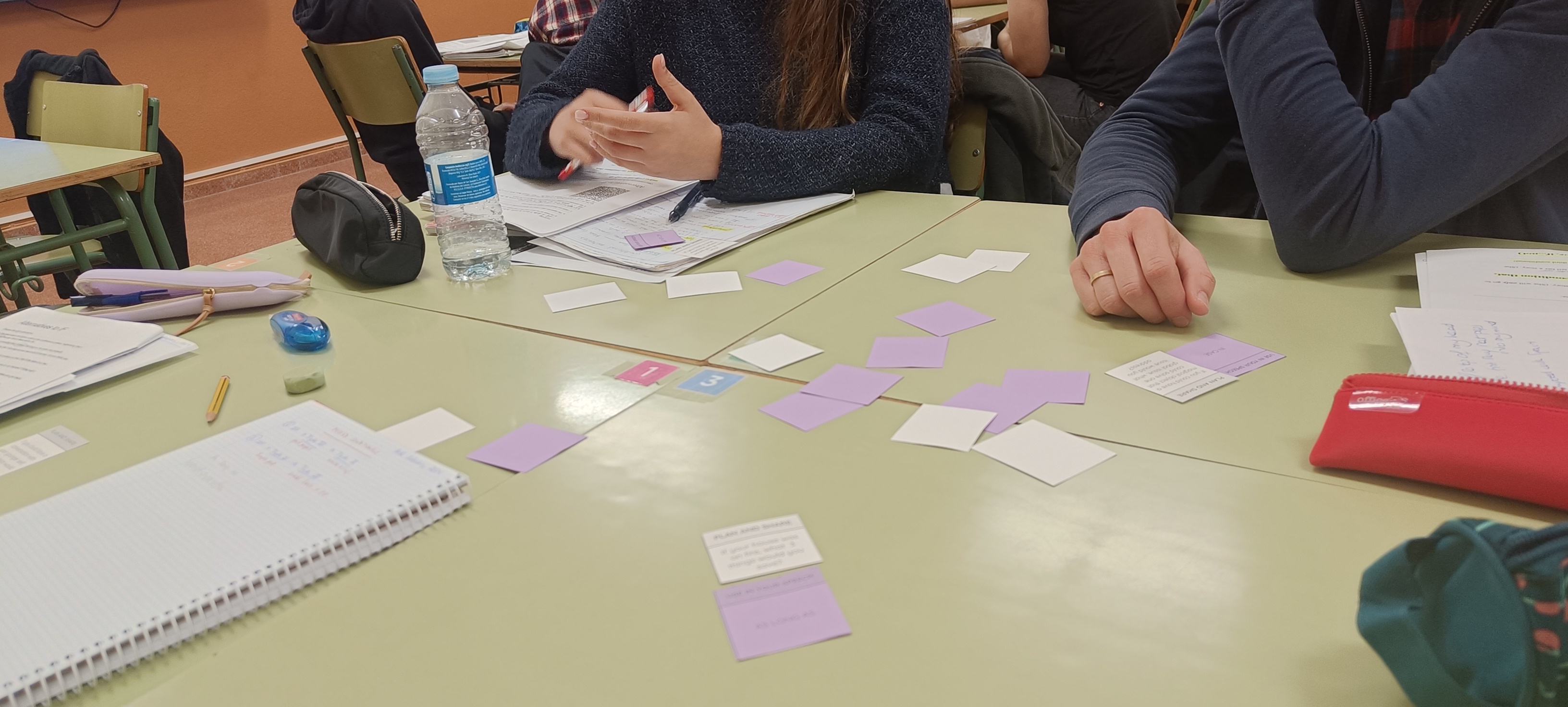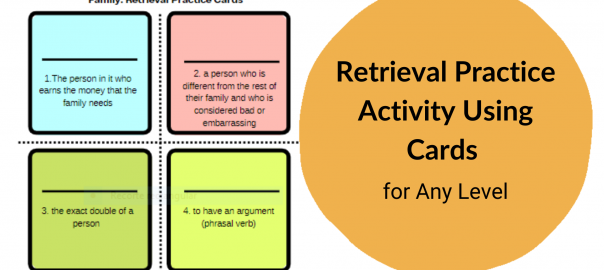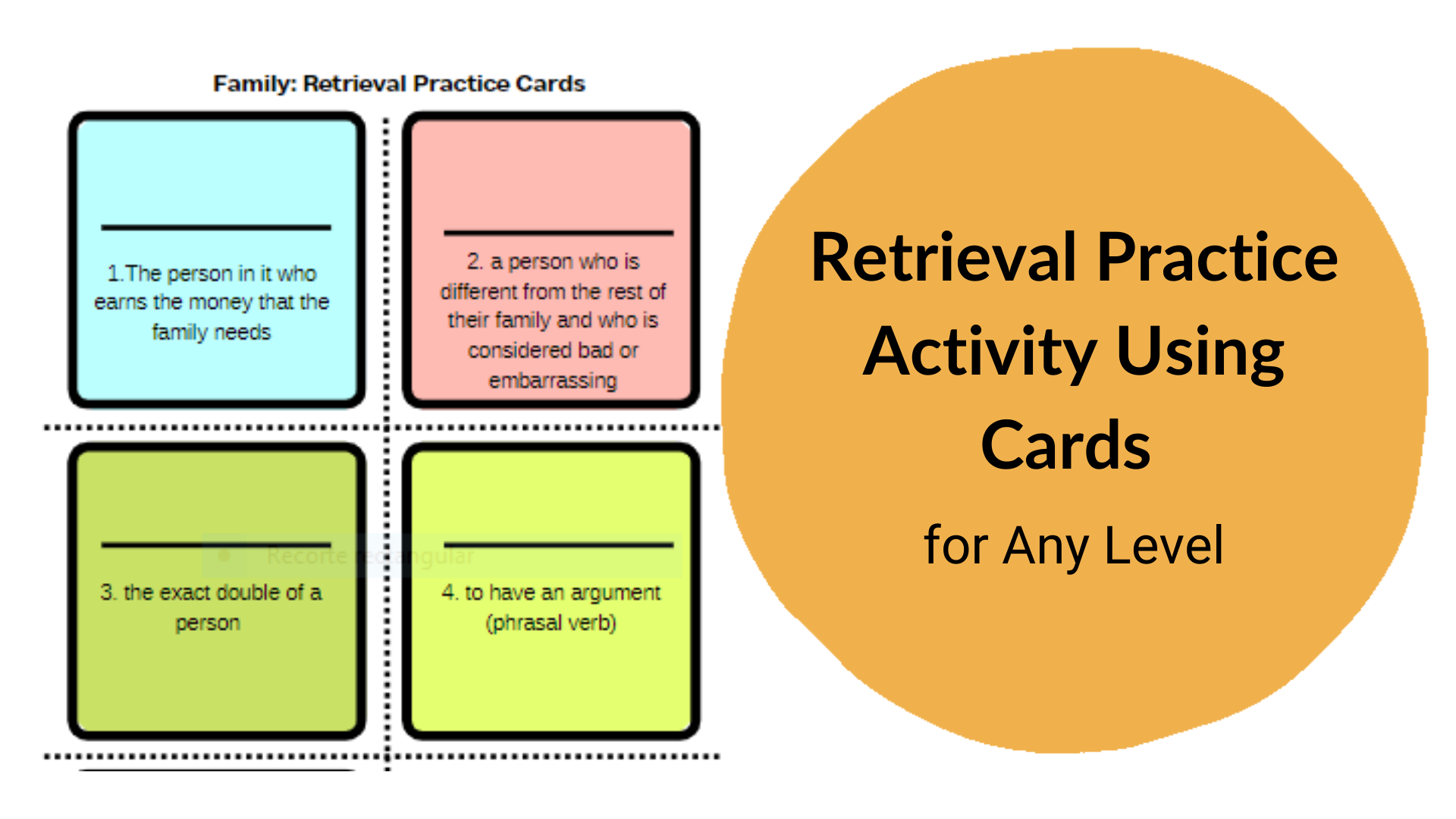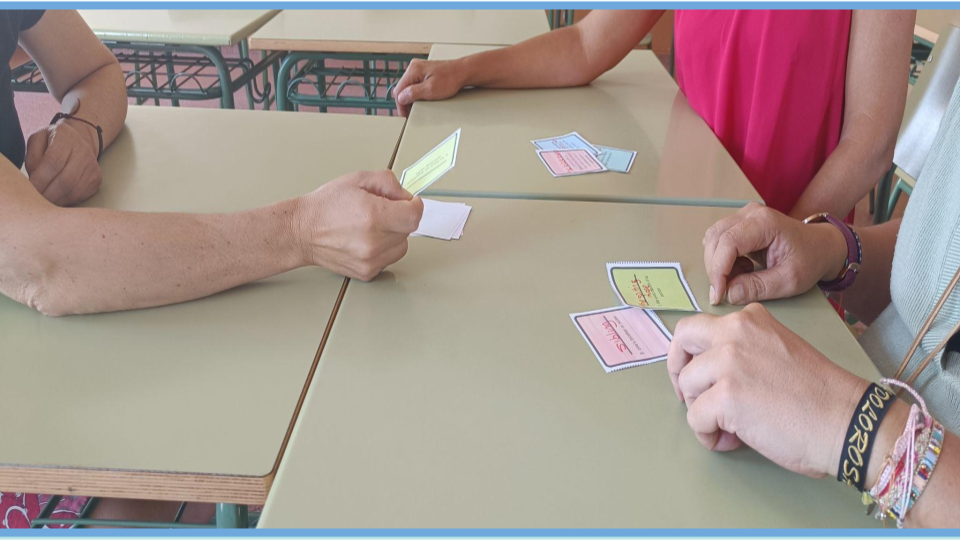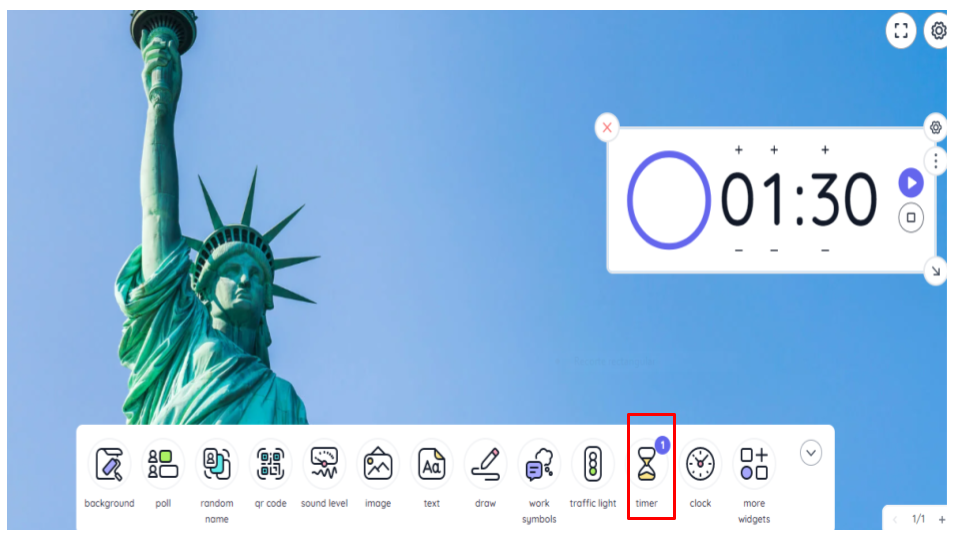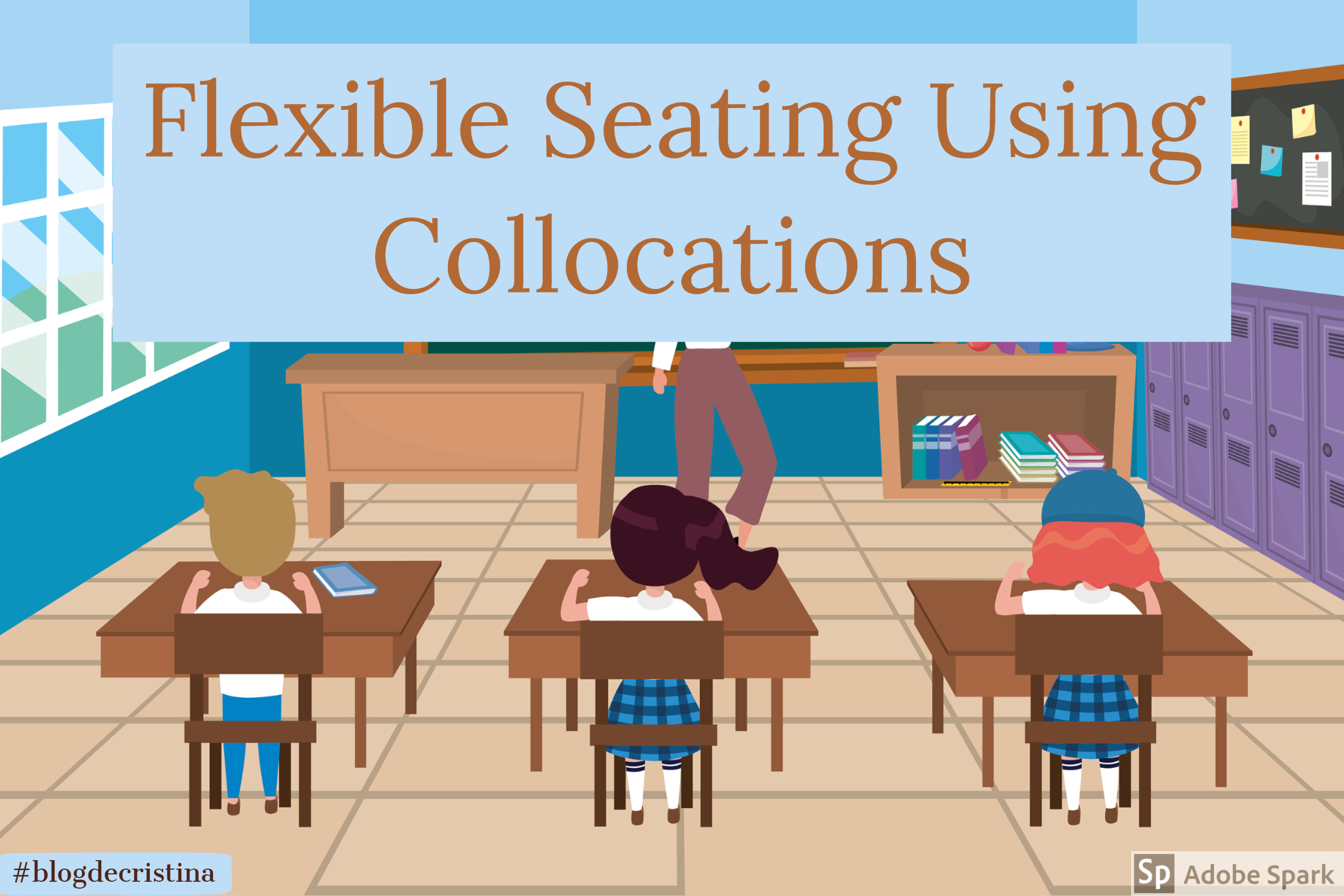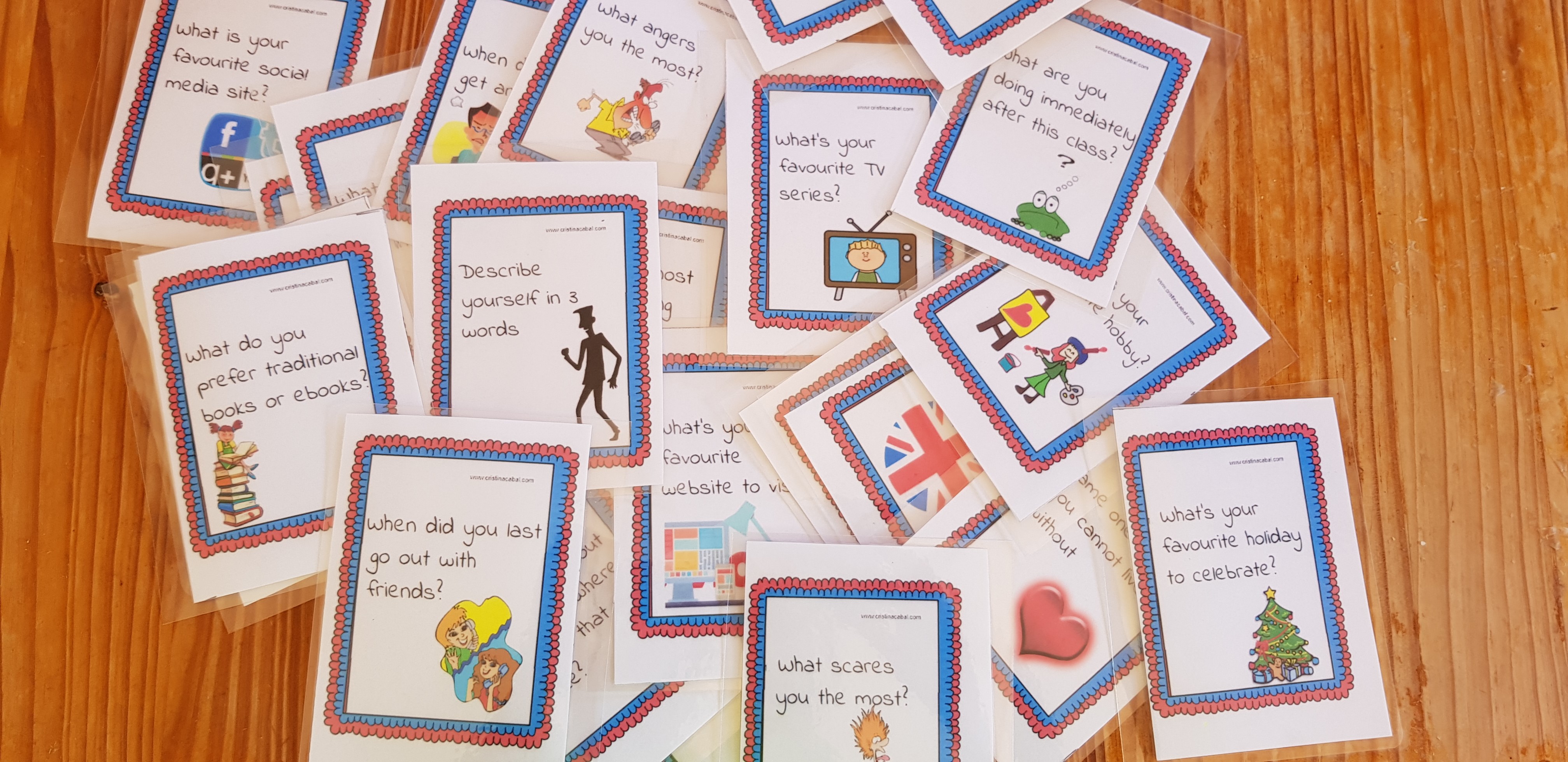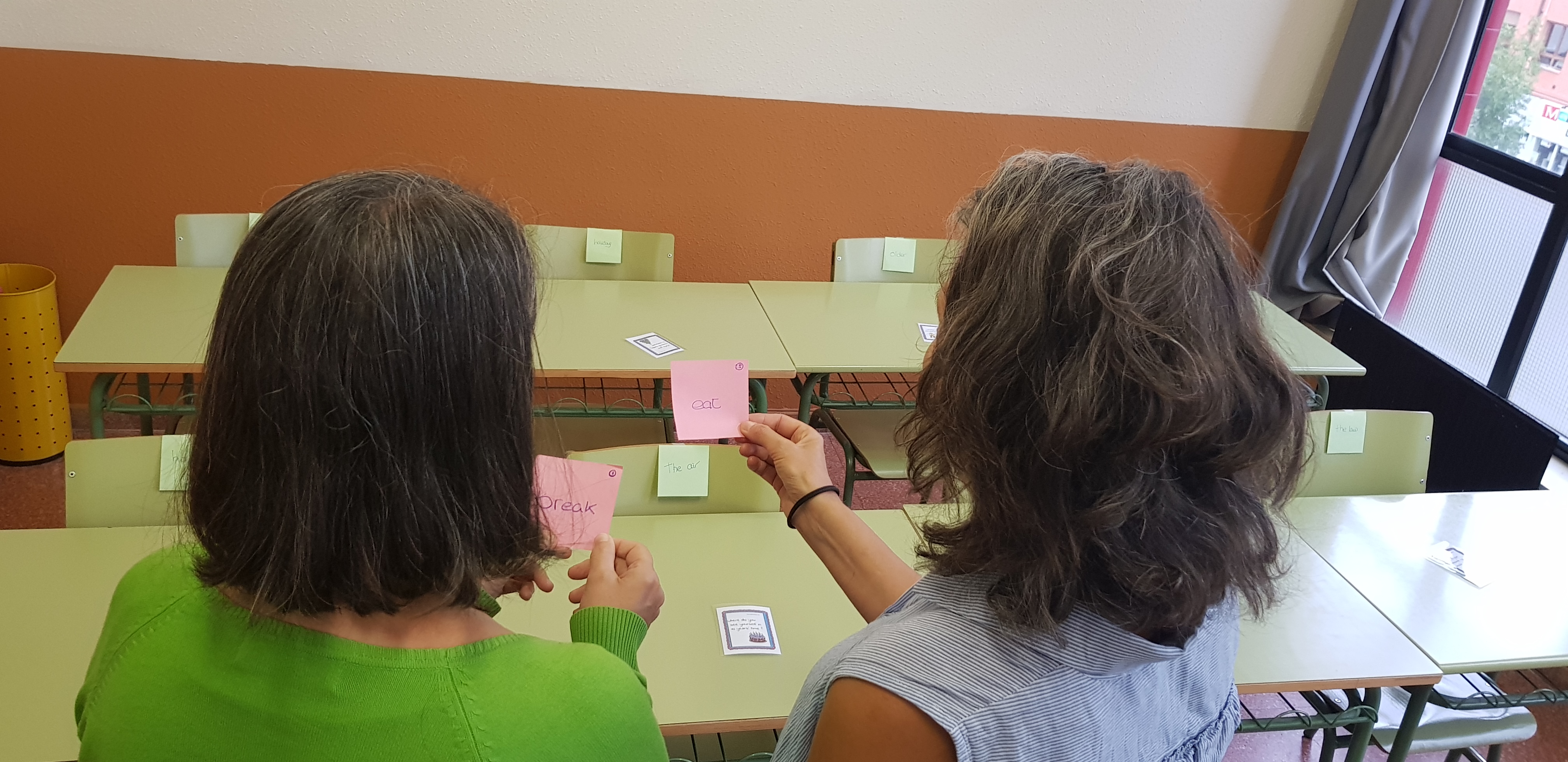Imagine being asked this question: If you were abducted by aliens, would you tell anybody? or this one, If you could switch lives with someone for a week, living their experiences and routines, who would it be and why? Imagine being prompted to use an alternative to IF in your answer like, for example, as long as or provided.
Fun, challenging and …. grammar-oriented
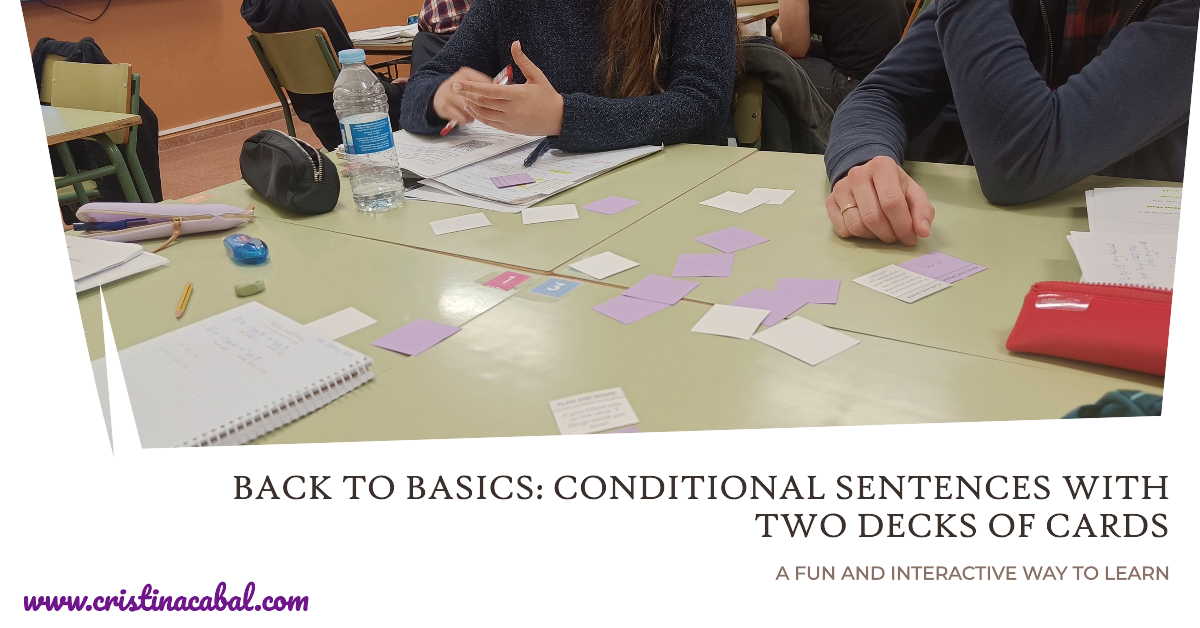
When preparing a lesson, I normally try to design activities that help students reinforce what we have been working with; more often than not, they have a communicative approach, as I firmly believe in giving students ample opportunity to put into practice what they’ve been studying.
And if there is one thing that clearly defines the way I teach is how I try to keep a balance between traditional teaching and the latest technology. These last weeks were all about AI; and today, we are going for traditional. The very traditional cards.
Materials:
- Questions. One deck of cards featuring engaging and entertaining conversation questions, each formulated as a conditional sentence. These questions include prompts like:
- If you were abducted by aliens, would you tell anybody? Why?
- If you could have a conversation with your younger self, what advice would you give?
- If you were granted two wishes, what would be your choices?
- …etc
provided by ChatGPT, if I may say so.
2. Alternatives to IF: one set of cards containing alternatives to IF: provided (that), on condition that, supposing, as long as… etc.
Before the class, prepare a set with both types of cards for each group of 4 students.
Condtional Prompts by cristina.cabal
How to go about it
- Put students into groups of 3–5 students and give them a set of cards with questions and a set of cards with alternatives to If.
- Instruct students to place the cards face down on the table
- Ask each student to draw a Question Card and an If-Alternative Card, and allow them some thinking time.
- Emphasize the importance of elaborating on their answers rather than providing brief responses. In their answers, they will have to try to use the words in the If-Alternative card and speak for about 2 minutes, at the end of which they should pose their question to the members of their group.
- Rotate turns, repeating the procedure for each student.
- With my students, we have done two rounds of questions
